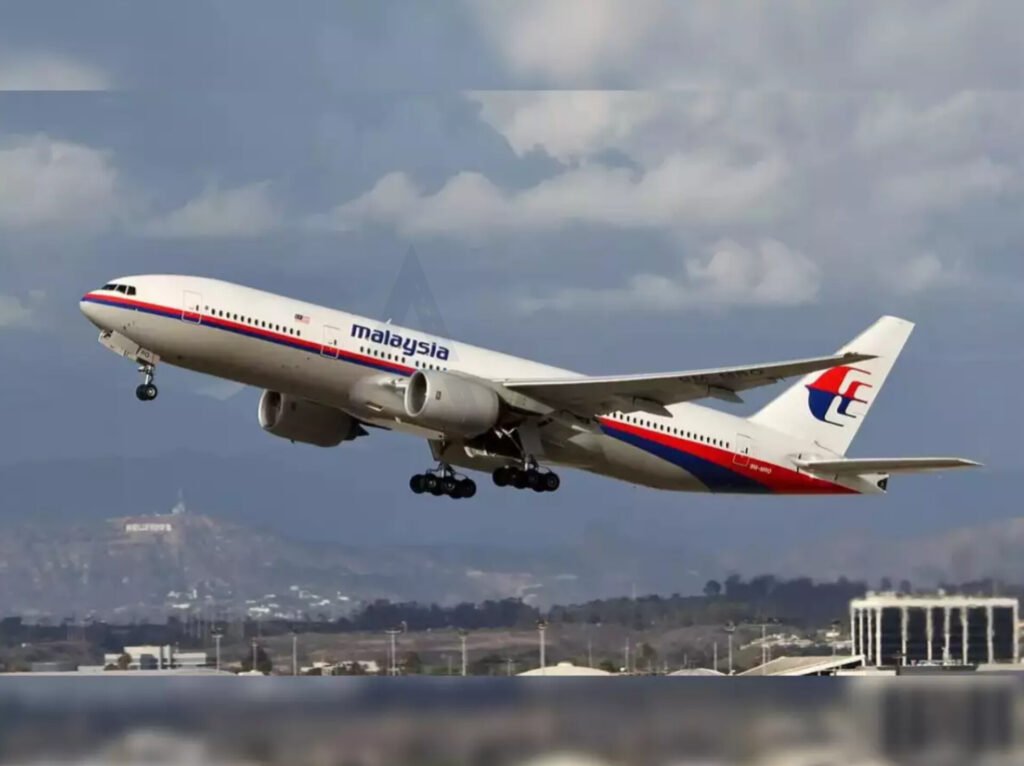The mystery surrounding Malaysia Airlines Flight MH370, which disappeared on March 8, 2014, with 239 people on board, may finally be closer to resolution. The flight was en route from Kuala Lumpur to Beijing when it vanished from radar, sparking one of the largest and most exhaustive search efforts in aviation history. Despite the search spanning millions of square kilometers in the southern Indian Ocean, no definitive evidence has ever been found to confirm the aircraft’s final location, leaving one of the biggest puzzles in aviation unsolved.
For years, traditional search methods, including satellite data, sonar scans, and deep-sea exploration, have provided limited insights. However, the recent application of cutting-edge technologies such as artificial intelligence (AI) and quantum computing may be on the verge of cracking this longstanding mystery. These advanced tools are now being integrated into the search process, offering new hope for solving what has been described as aviation’s most perplexing enigma.
AI, with its ability to analyze vast amounts of data quickly and efficiently, has been applied to review existing evidence, including satellite communication pings and flight path data. AI algorithms can now identify patterns and correlations that were previously undetectable, potentially leading investigators to the precise location of the wreckage. Additionally, AI’s predictive capabilities allow experts to simulate different flight scenarios and narrow down possible areas where the plane could have gone down, providing a more focused approach to the search.
Quantum computing, a breakthrough technology that leverages the principles of quantum mechanics to solve complex problems, is also playing a crucial role in the MH370 investigation. By processing massive amounts of data at an unprecedented speed, quantum computers are able to perform simulations that traditional computers could not handle, giving researchers new insights into the flight’s trajectory and final moments. The power of quantum computing could provide more accurate modeling of the aircraft’s last known position, potentially revealing the missing aircraft’s location much faster than earlier methods.
While these technological advancements are promising, the search for MH370 remains a complex and challenging task. The vast, remote area where the plane is believed to have crashed, combined with the deep-sea environment and unpredictable underwater terrain, continues to make recovery efforts difficult. However, the integration of AI and quantum technology has rekindled hope that the mystery may finally be solved.
As the investigation continues, aviation experts and researchers are optimistic that the combination of these innovative technologies may lead to the discovery of the wreckage, providing answers to the families of those aboard MH370 and offering closure to one of the most enduring mysteries in modern aviation history.

